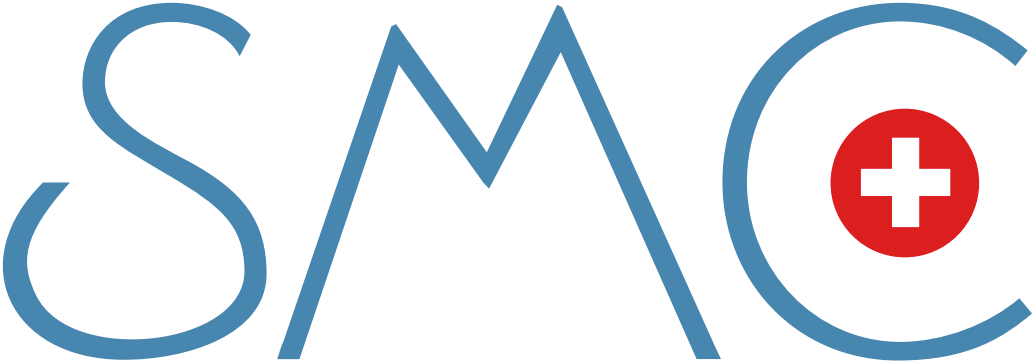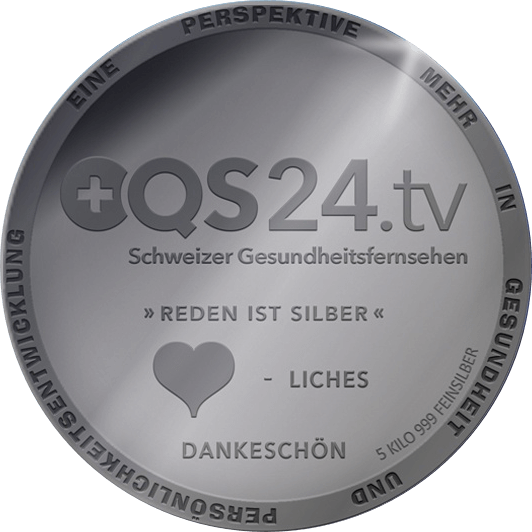Microimmune therapy
Microimmune therapy was introduced in 1967 by the Belgian physician Dr. Maurice. Latest research findings from the field of conventional medicine about the importance of our immune system with regard to emergence and therapy of various diseases combine microimmune therapy with the knowledge of preparation of homeopathic medicines. In this way, the possibility of coming up with a therapy that does not have any side effects on the immune system emerged for the first time.
The aims of microimmune therapy can be described as follows:
- Support of our immune system
- Maintenance or recovery of natural immune equilibrium.
These aims have special importance in case of viral and bacterial diseases, and various tumours. An optimally functioning immune system is a significant factor behind good health. The immune system plays a crucial role in case of most of the diseases. The immune system and the activity of various cells determine the intensity of immune reactions and hence the ability of the individual to deal with diseases. This reactivity of the immune system depends on the provision of various messenger substances, the so called cytokines or interleukins. Smooth functioning of our immune system is possible only with aid of these messenger substances.
Two different mechanisms are foreseen for microimmune therapy:
- a modulation of the immune system
- a specific effect against microbial agents such as viruses and bacteria, and against tumour cells.
With aid of the active agents contained in the immune-regulatory substances, a physiological reaction sequence is stimulated which is also known as the cytokine cascade.
The immune system responds:
- either with stimulation in case of weakness of the immune system (hyporeaction)
- or with inhibition of an overreaction of the immune system (hyperreaction)
The immune system receives the information necessary for restoring the biological equilibrium of an organism in a gentle and subtle way. Additionally, it is in the position to respond to viral or bacterial pathogens.
Diagnosis in microimmune therapy
In laboratory, the functional condition of the immune system can be inspected using various tests. With lymphocyte typification, it can be determined where and how the immune system has been disturbed and whether there is any blockage, attenuation (hyporeaction) or overreaction (hyperreaction) or not. At the same time, it also gives an indication of presence of viral or bacterial pathogens. For various diseases, viral or bacterial erologic tests can be carried out additionally which would give a more clear indication of the presence of these pathogens. In certain chronic and acute diseases, these pathogens play a significant role and only by fighting against them, these diseases can be possible.
Medicines
The microimmune therapy uses highly diluted immunologically active substances in its medicines, e.g. cytokines, interferons, SNA and other immune-regulatory factors. The medicines which are manufactured according to purely homeopathic methods through dilutions and succession meet all the quality demands given for raw materials, manufacturing and end-products in the European guidelines. The microimmune therapy is hence an application of scientific concepts related to homeopathy.
The medicines used are produced by chemical or biochemical synthesis exclusively, such that safety against viruses and bacteria is ensured. The potentised substances prepared using various dilution steps are administered in form of capsules or drops.
Administering information
The intake of the capsules takes place sublingually (capsule placed beneath the tongue) because there is a high concentration of certain components of the immune system here. In this way, the active ingredients reach their target destination within the organism much quickly. The capsules have to be consumed outside the normal meal times preferably at morning with an empty stomach or during the time period between meals. The numbered capsules should always be consumed in ascending sequence. In case of subscription of two different medicines, the capsules need to be consumed with a gap of two hours in between. The therapy normally lasts for several months and if the need arises, it may be prolonged for years then. Undesired side effects of these potentised medicines are not known till date.
The microimmune therapy offers immunological support in case of:
- infectious diseases
- Herpes virus
- Epstein-Barr-Virus
- Shingles (virus)
- Warts
- Chlamydia infection
- Toxoplasmosis
- in tumour therapy / oncology
- disturbance of immune equilibrium
- Inflammations
- Stress and age related diseases
- Acute, chronic, recessive infections
- diseases related to the central nervous system
- Parkinson-Syndrome
- Multiple sclerosis
- Joint diseases
- Allergies
Further indications for microimmune therapy:
- Chronic fatigue/exhaustion syndrome
- Sleep disorders
- Restless legs syndrome
- Soft tissue rheumatism/ Fibromyalgia
- All chronic, therapy resistant diseases




